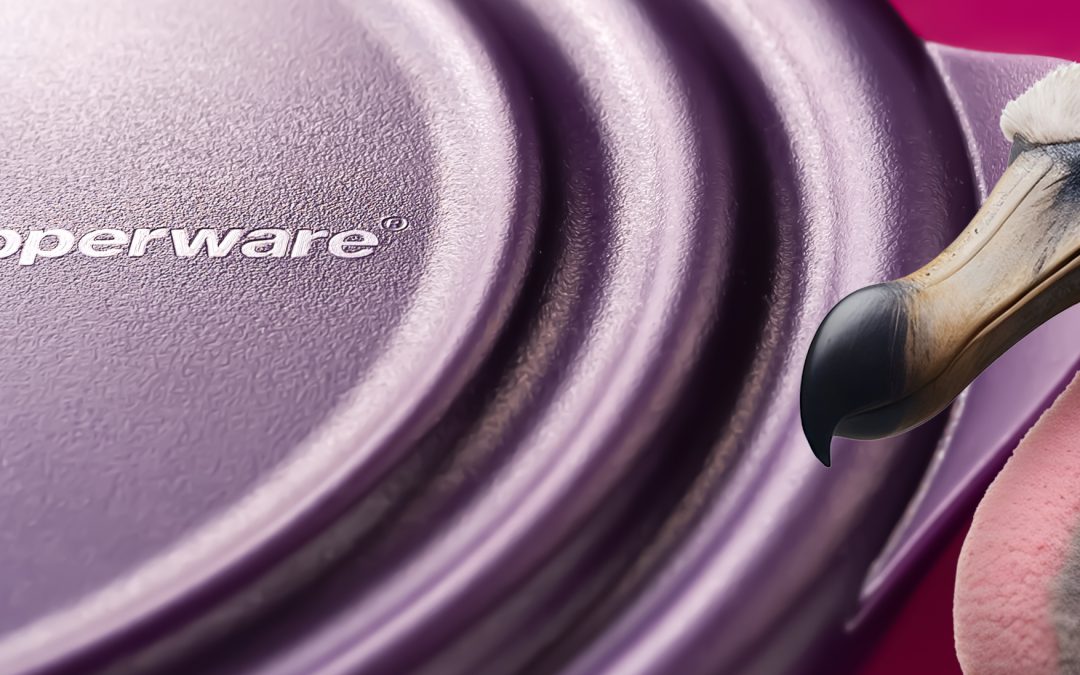Last week we all got hit with the news that Tupperware has filed for bankruptcy. Some may have been surprised by the news, and others may have seen it coming. In this ever changing market, it’s difficult for iconic Brands to evolve in a timely way…and to maintain relevancy by staying just ever so slightly ahead of the curve. Many of us still remember Kodak and the end of an era. We’ve all read about the usual myriad of suspects as being the reason for the demise of Tupperware. Whether it resulted from the proliferation of cheaper copycat products, lack of innovation, failure to maintain its spearhead attitude when it came to sustainability, the result is the same. The end of the brand name Tupperware.
The Way of the Dodo
Perhaps the saddest aspect of this story is that Tupperware will always be part of our collective consciousness. How could a Brand name that not only developed an entire category but was its very definition (can you say Kleenex , Google and Xerox) go the way of the Dodo, and yet still be part of our everyday language? Ironically, there will be Gen Z’s who will refer to their Tupperware without ever realizing that Tupperware was once a Brand. And that is truly the real story.
How is it that a Brand that was made a household name in the 1950s mainly by the use of a new marketing initiative called the “Tupperware Party” end up here?
Brand Beware of ‘Genocide’
Well there is something to say about over exposure….especially if it’s going to be at the expense of the Brand uniqueness. A Brand’s USP disappears as it becomes synonymous with the category it developed! Becoming a category descriptor is a double edged sword. It speaks to providing consumers an innovative solution, and initially, the Brand does reap the rewards. But as they say plagiarism is the best form of flattery. If there is a need to be filled, or a new need that is identified in the market, there will be copycat competition for sure. And if brand owners don’t realize that they need to protect their Brand in context to the category, then it’s a slippery slope and the rest is history.
It’s All in the Language
Each and every one of us do it every day. At least once a day we say “google that” or “google it”. Are we actually using google, or is it another search engine? Disruptive Brands like google, are probably very much aware of how their Brand name is being used in the market. Without intention and mindfulness to the Brand they are uttering. Brand owners have to counter-act the category use of their Brand name. The basics of Brand guidelines are key…but it goes far beyond that. In today’s digital world, adopting monitoring and enforcement programs to stay informed of the market’s activities is a must. This will alert Brand owners of how their Brand’s name is being used and signal them if their Brand is slipping in to descriptive use by third parties. And don’t forget Wikipedia! Brand owners should work at actively correcting any incorrect definitions in reference sources.
The Expense of Doing Nothing
In our world market share and value, as profitability are the drivers. However, investing in protecting a Brand is a must. Albeit, extensive corrective advertising and consumer re-education is expensive for the Brand, however doing nothing, leads to the way of Tupperware. Brand owners of innovative Brands must focus on ensuring that people use descriptors with their Brand name at every instance. This reinforces the Brand with the category and cues consumers that the Brand name is a Brand. For innovative Brands, all communications would qualify the Brand name. ie. Google search engine or Kleenex facial tissues. Do not use the trademark as a noun or a verb. You can use it as an adjective. Is this subtle? Yes, but developing a brand is always one drop at a time. Little distinctions can have a significant impact over time.
As we bid farewell to the Tupperware Brand, those of us who witnessed its growth over the years can find comfort in knowing that the name Tupperware, just like the Dodo bird, will live on.

